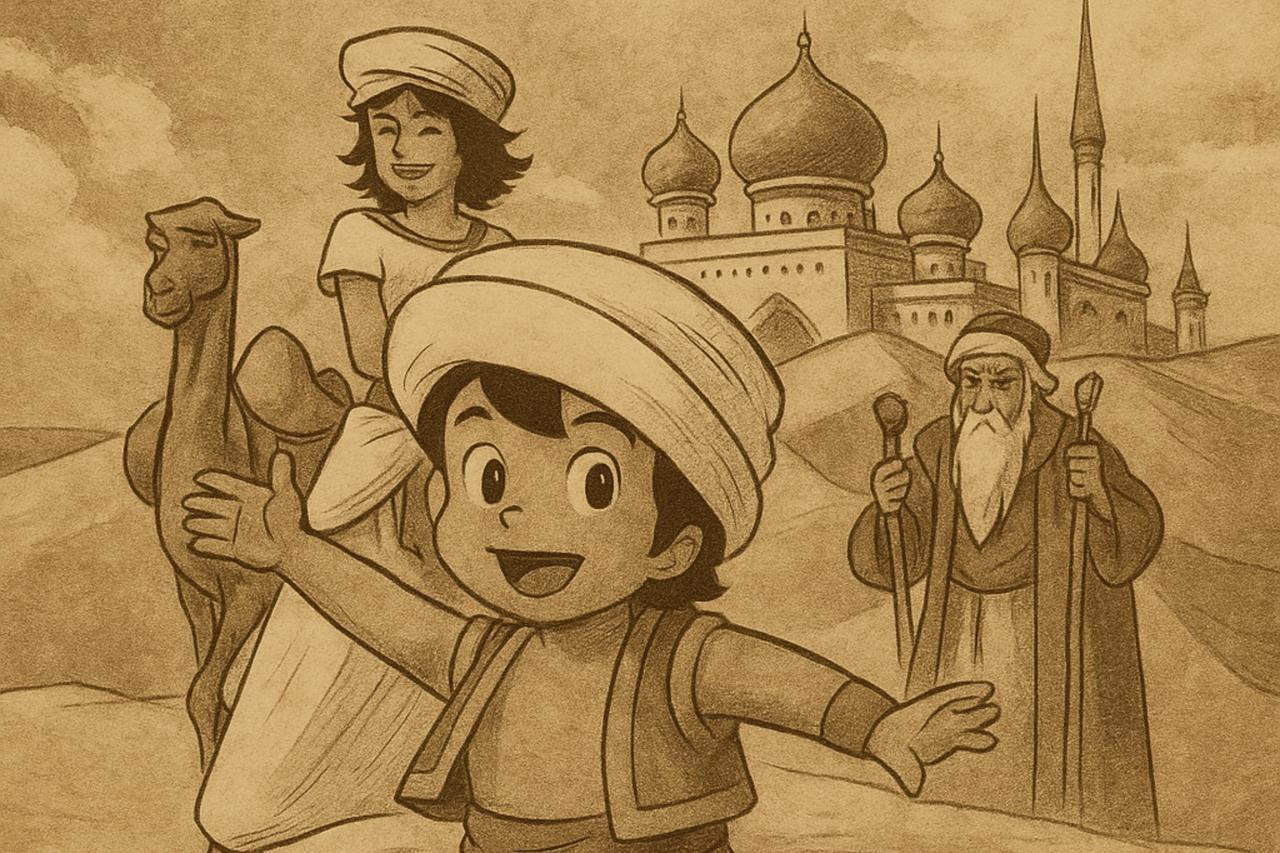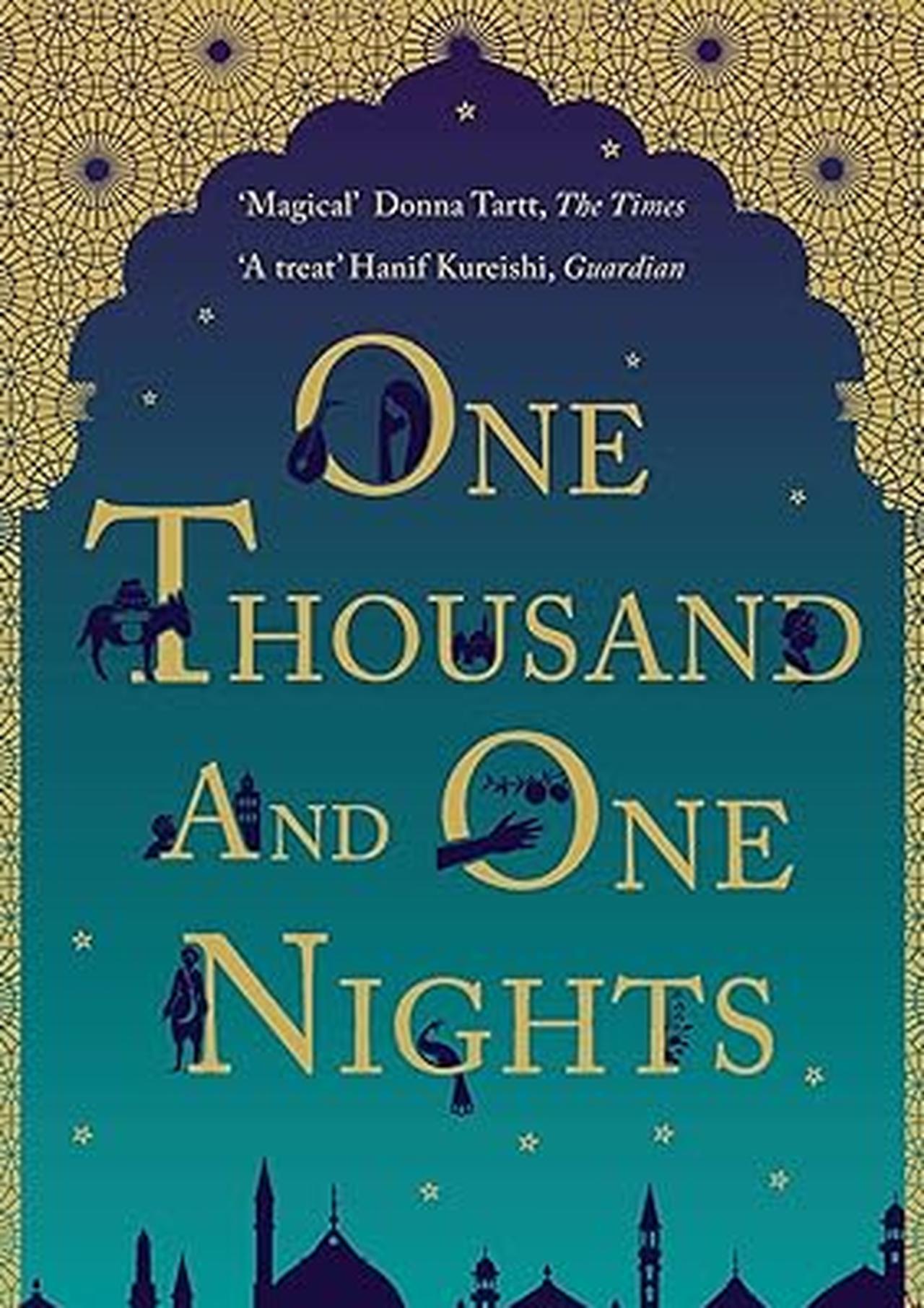
Some studies indicate that the story of Sinbad the Sailor is neither Indian nor Persian, as long believed, but rather originates from an Arab merchant and sailor whose adventures were recorded in an old book titled "The Voyages of Sinbad."
The tale was later incorporated into "One Thousand and One Nights," a collection of Middle Eastern folktales compiled in Arabic during the Islamic Golden Age and commonly known in English as "The Arabian Nights."
The tale begins on one of Scheherazade’s nights, when she tells King Shahryar the story of a Baghdadi merchant who lived a life full of adventure. He journeyed across land and sea in search of treasures, faced countless dangers, and eventually rose from poverty to prosperity.

Historical accounts suggest that the Arab traveler al-Mas‘udi, in his book Meadows of Gold and Mines of Gems, mentioned two Arab sailors who lived in the ninth century CE, one named Sulayman and the other Ibn Wahb.
Their stories bear striking similarities to Sinbad’s adventures, from voyages through India and China to encounters with kings and the discovery of wonders.
In later centuries, Western literature was influenced by these Arab sea tales. During the 18th century, European narratives about mythical islands and sea creatures—such as the French philosopher Voltaire’s Candide—showed clear inspiration from Sinbad’s adventures.
Western interest in "One Thousand and One Nights" began in the 18th century, when numerous scholars, writers, artists, and Orientalists translated and studied the collection.
The maritime tales—foremost among them the adventures of Sinbad the Sailor—had a dominant influence on Western literature at the time.
Across Europe, storylines inspired by sea voyages became popular, featuring shipwrecks, deserted islands, and fantastical creatures such as sea horses and mermaids.
The direct influence of Sinbad’s character was evident in one of the most celebrated works of French literature, Candide, by philosopher and writer Voltaire, which reflected the same spirit of adventure and exploration that defined Sinbad’s legendary journeys.
These writings suggest that the legend of Sinbad was inspired by real Arab maritime journeys across the Indian Ocean, the Arabian Gulf, Oman, and Yemen.
In the modern Arab world, scholarly interest in the story emerged in the mid-20th century, led by Egyptian physician and marine scientist Hussein Fawzy.
Fawzy published "Hadith al-Sindbad al-Qadim" (The Old Sinbad’s Tale) after a scientific voyage in the Indian Ocean, linking the legend to real maritime experiences.
Since 1916, more than 25 artistic and cinematic works have been produced based on Sinbad’s adventures, the most famous being the Japanese animated series The Adventures of Sinbad, dubbed into Arabic and broadcast since 1975, remaining deeply ingrained in the memories of successive Arab generations.